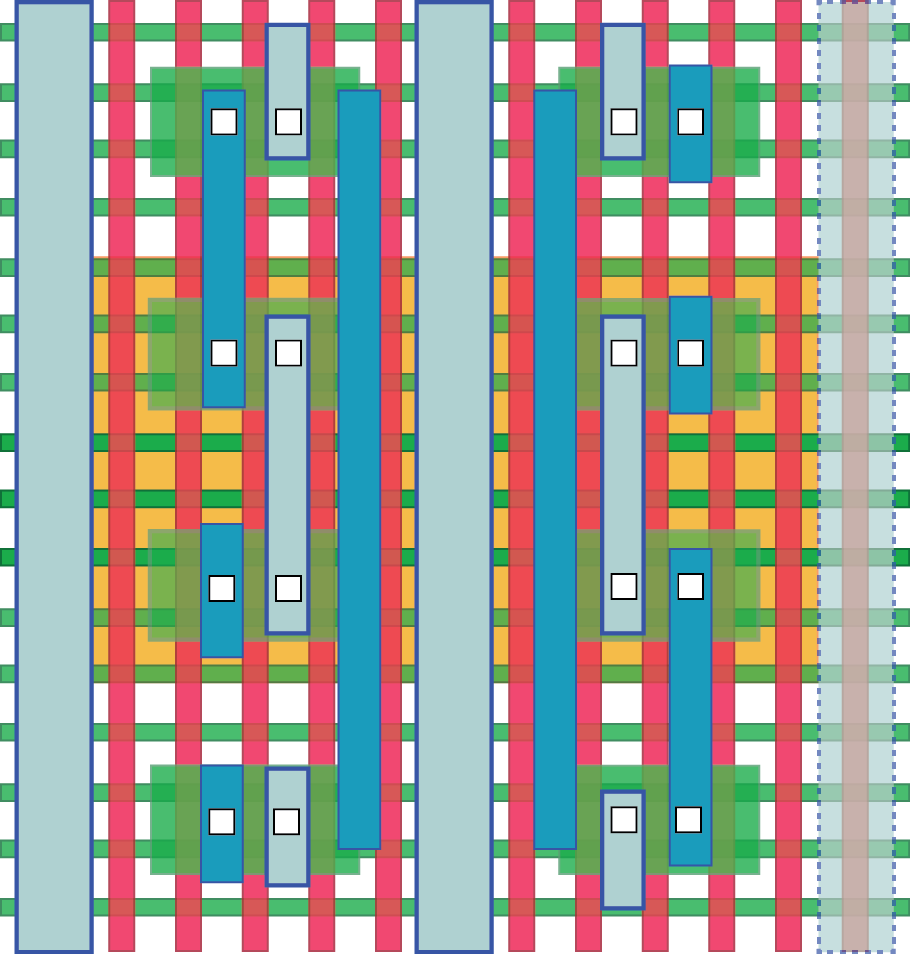So this is a question that was asked in one of the exams. As you know, there are 2 ways to get the boolean expression for the sum of the full adder.
Given X and Y are inputs, C0 is the carry from previous adder and C1 is the carry output and S as the sum, described as:
C1 = X.Y + C0(X + Y)
C1 = X.Y + C0( X ^ Y )
is the other expression with an XOR gate (^)
so which expression is better in building the Full Adder? Should we use the XOR or OR and what is the reason for the selection?
EDIT: I previously mentioned it as sum which is a mistake, it's for the carryout.
Thank You

